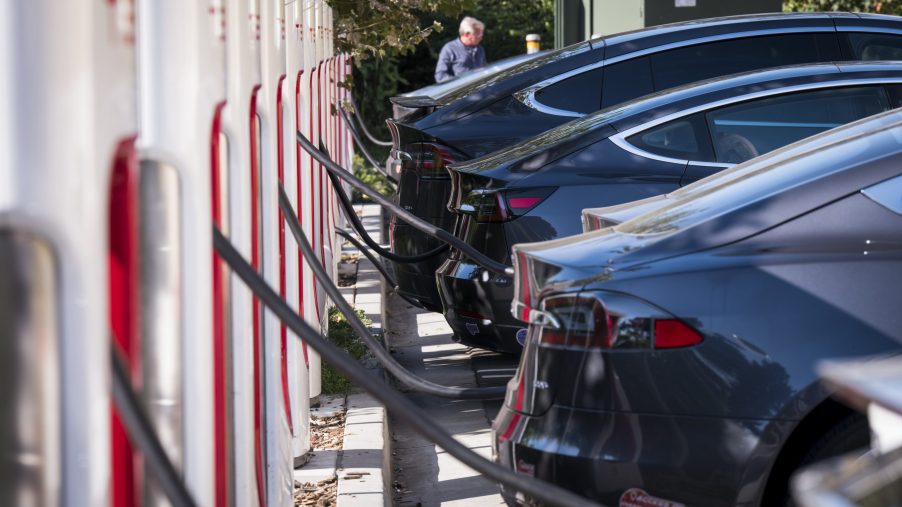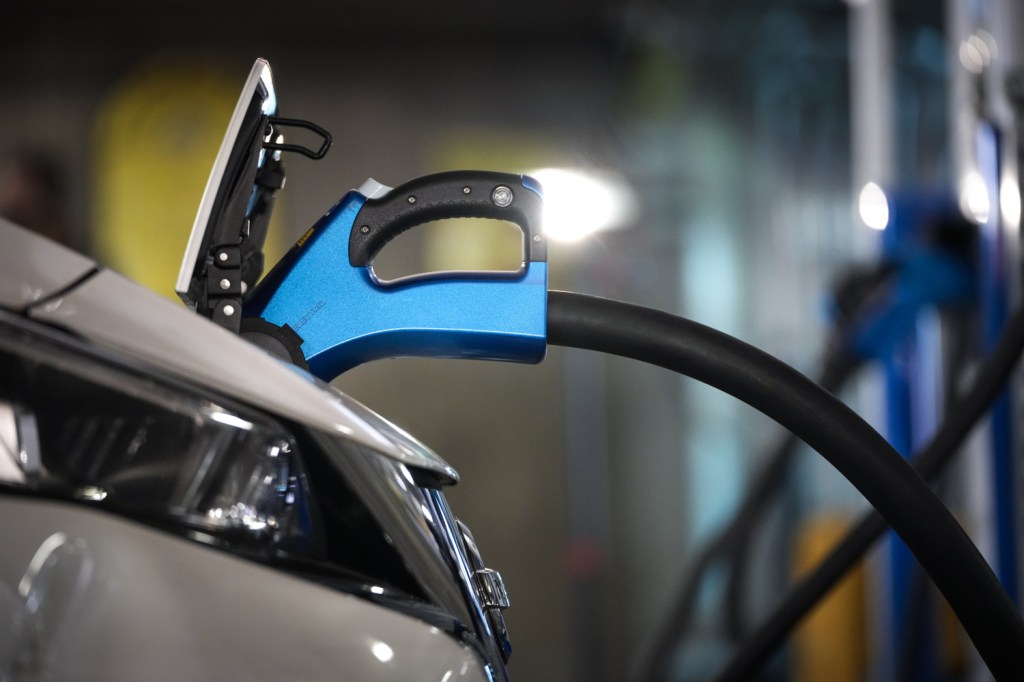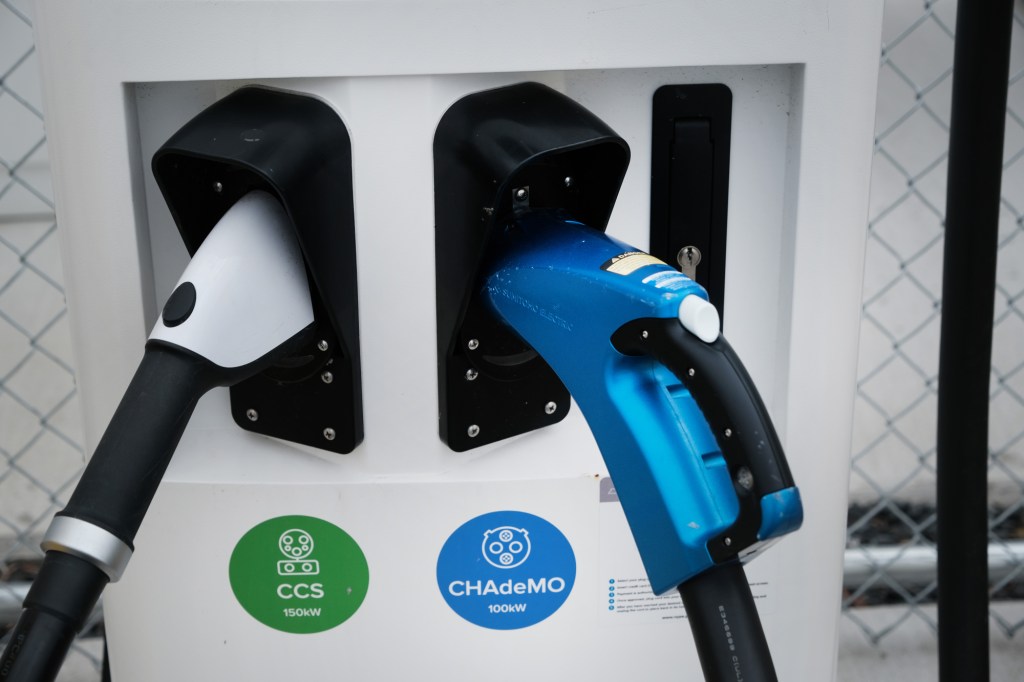
20% of EV Buyers Go Back To Gas-Powered Vehicles
We hear it all of the time from EV buyers. “Once I got my (insert make) electric vehicle I was sold and will never go back to an internal combustion car.”We’re sure you have too, whether you drive one or the other. Or both. But now a study shows that one in five-20% electric vehicle owners goes back to an ICE vehicle after owning an EV.
What’s wrong with EVs that 20% switch back to an ICE car?

So what’s going on? What’s wrong with EVs that 20% switch back to an ICE car or truck? Well, there isn’t just one reason but a variety of them.
The group Nature Energy conducted the research. Slightly more than 4,100 Californians were surveyed. They all purchased an EV between 2012 and 2018. Of those 1,840 chose to go back to an ICE vehicle.
First of all, a lot has changed in the EV arena since 2018. And we’d call those EV buyers who bought one in 2012 early adopters. Back then a range of 40 or 50 miles was considered good enough. But it didn’t and doesn’t compare to a gas-powered car or truck with regards to range.
An EV as the only form of transportation was most likely to switch back

Those that had an EV as their only form of transportation were most likely to switch back. If home charging was difficult were also likely to go back to ICE vehicles. And that group could also take in those who make less money since it usually takes an added amount to install a home charging system.
People who rent their homes are less likely to pay for home charging systems. And especially those who don’t have to resort to street parking have no dedicated place to install a system. So in these cases, public charging is the only alternative, which isn’t always convenient.
People tend to use their EVs for short-distance travel

But the research also raised other questions. It found that female EV buyers switched back more often than men, though it gave no reason why. And for those with EVs improvements in public charging infrastructure didn’t matter much. For those, it found that people tended to use their EVs for short-distance travel.
This questions the rationale for the huge planned investments in infrastructure over the next decade. Will it even make a difference? And will it jolt EV adoption, which is still at a low overall acceptance?
With the strides in range extension and proliferation of charging stations, it will be interesting to see what a more recent survey would provide. Homeownership will always provide an advantage to EV adaptation from the home charging perspective. And nobody has figured out how it will be more convenient for those who only have street parking available to them.



